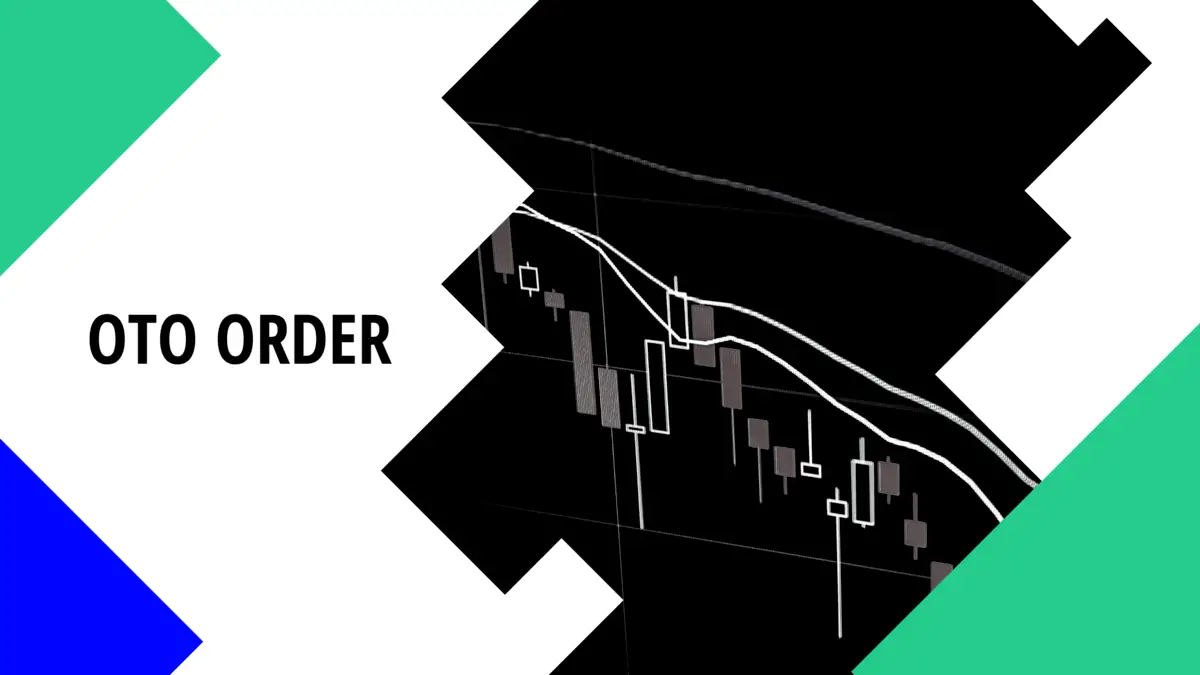An OTO order is a conditional order that consists of two linked orders. This is an advanced order type that enables traders to optimize their trading. How so? Because this order type empowers traders to achieve optimal price fills on both entries and exits. So, this is one of the most enticing order types that all traders should know about.
Are you interested in reviewing an OTO order to see how this conditional order can help you transform your trading? Then you are on the right platform because we are going to explain an OTO order. The post will also cover how to use one trigger other order like a boss. So, let’s start right away.
Entry order and types of entry order
Before moving to OTO order, it is better to understand entry order and types of entry order.
Entry order
An entry order is an instruction to a broker or brokerage firm to enter a trade at a specific price level. If the price of that particular financial instrument doesn’t reach that level, the entry order won’t trigger.
Types of orders entry
There are the following three types of order entry.
1. Market order
A market order is a type of entry order that enables traders to buy or sell a particular instrument at the best current market price. For example, if the current market price of a stock is $5.5 and you place a market order, you will buy those stocks at the market price i.e. $5.5.
2. Limit order
A limit order is a type of order entry that enables traders to buy an instrument at a price below the market price or to sell an instrument at a price above the current market price. Limit orders are extremely useful when you predict that the price of an instrument will reverse after hitting a certain price level. Thus, you can use this order’s entry type to enter a trade at the best possible price.
3. Stop order
A stop order is a type of order to buy a financial instrument above the current market price or sell below the current market price if the order price gets hit. This order type is useful when traders think that price action will continue upon reaching that specific price level.
OTO order definition
An OTO order is a conditional order that consists of a combination of two linked orders – primary and secondary order. The primary order gets active immediately after OTO order placement whereas the secondary order remains inactive. When the primary order initiates, the secondary order automatically gets active.
OTO order explanation
Conditional orders are special entry orders that enable traders to automate trades when certain price parameters are met. It depends on the platform of your broker and which type of conditional order you have access to. However, One Triggers The Other or OTO order is among the most popular contingent orders. It works on a simple mechanism that when the primary order gets triggered, the secondary order becomes active. That means it consists of two sequential orders. Both orders can be placed from one platform and using a single account.
Let’s try to understand it through an example. Suppose that you are planning to place an OTO order. You want to use a limit order to buy 200 shares at a limit price of $12 currently trading at $15. This will be the primary order. Whereas, the secondary order is to cut the losses short if the price doesn’t go in the expected direction. Let’s say that you set a -$0.50 trailing stop. Now, the secondary order will sell the 200 shares at the market price if the price of those stocks falls below the trailing stop.
Final thoughts
One Triggers The Other or OTO order is a conditional order consisting of two orders. Primary order and secondary orders are sequential. That means the secondary order remains dormant until the primary order is fulfilled. When the primary order is fulfilled, the secondary order becomes active. Moreover, the trading platforms automatically execute OTO orders once a user sets the parameters. Such types of orders enable traders to set a primary buy order and a secondary sell stop order.

 Good Trading requires the Best Charting Tool!
Good Trading requires the Best Charting Tool!

 We loved Marwood Research’s course “Candlestick Analysis For Professional Traders“. Do you want to follow a great video course and deep dive into 26 candlestick patterns (and compare their success rates)? Then make sure to check this course!
We loved Marwood Research’s course “Candlestick Analysis For Professional Traders“. Do you want to follow a great video course and deep dive into 26 candlestick patterns (and compare their success rates)? Then make sure to check this course!